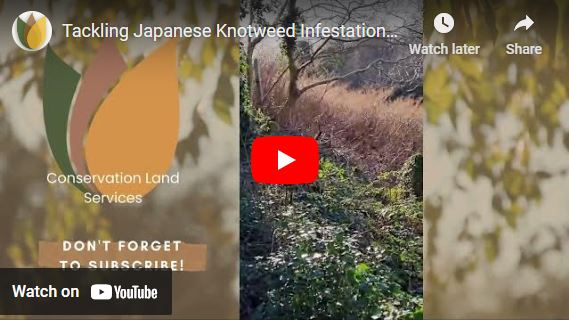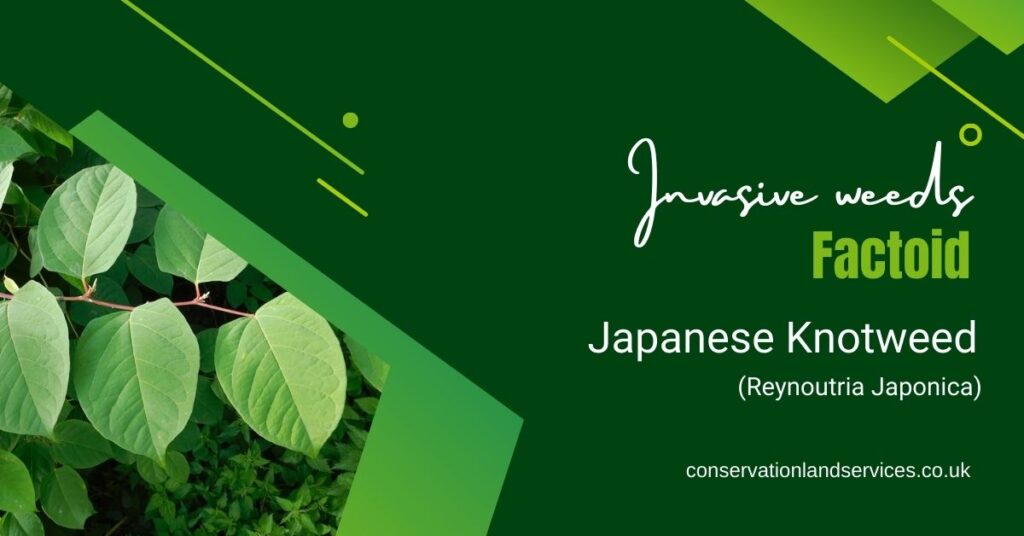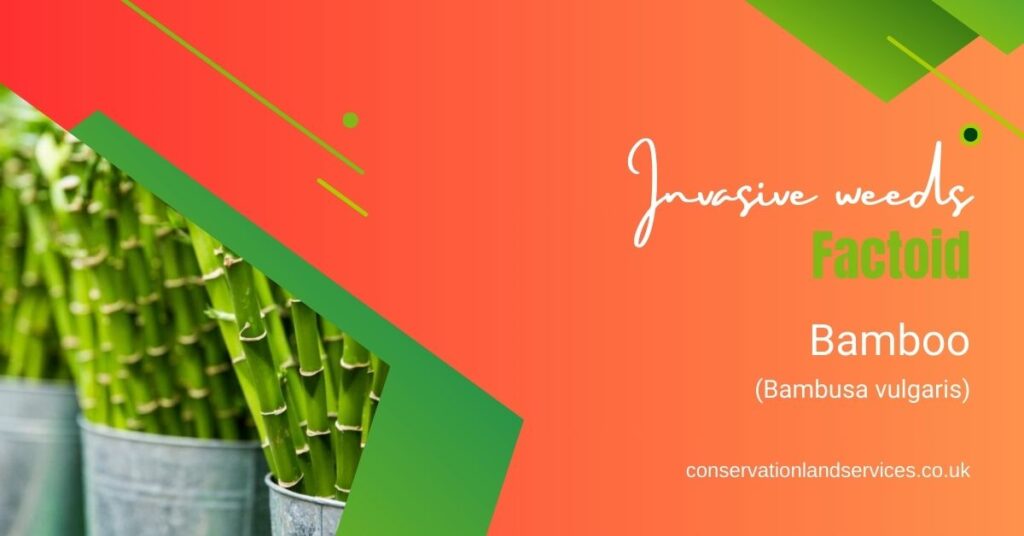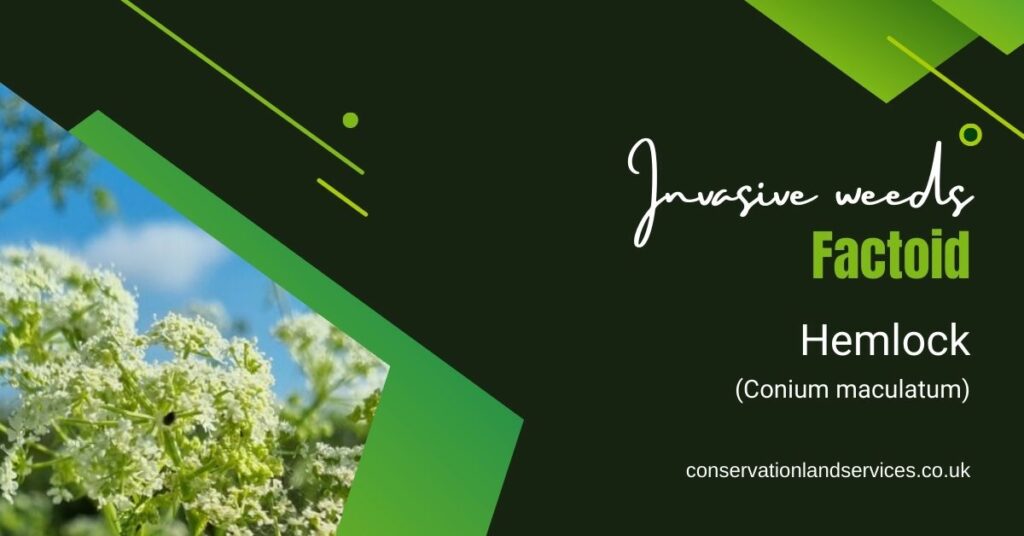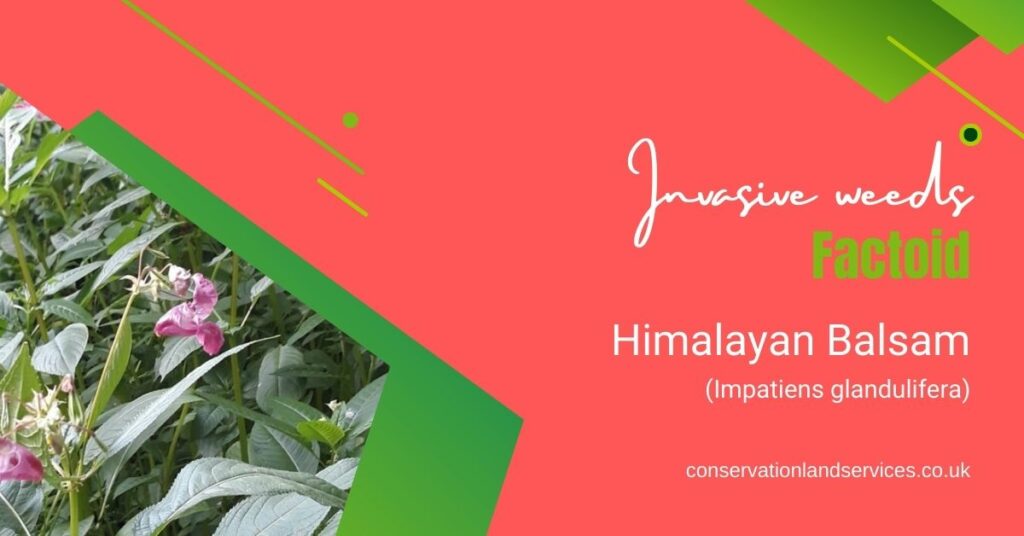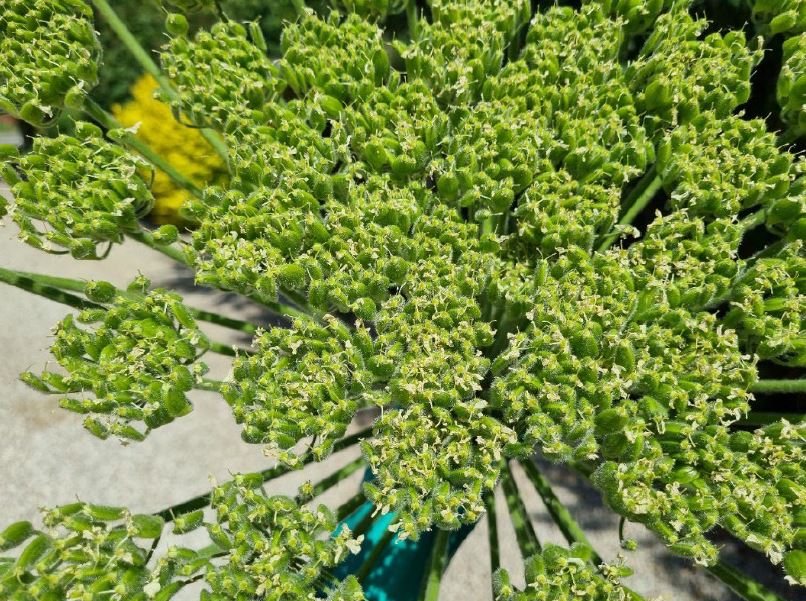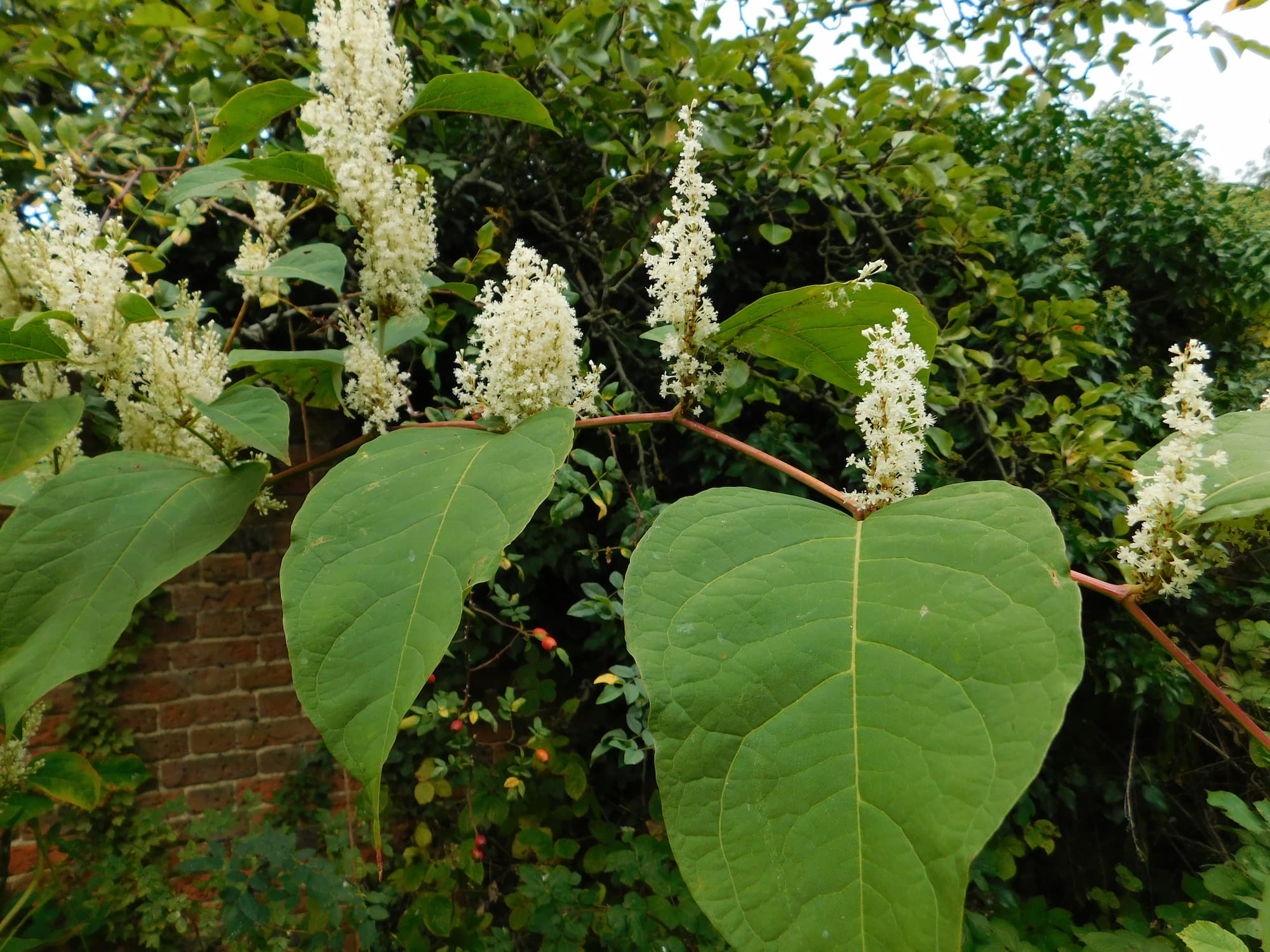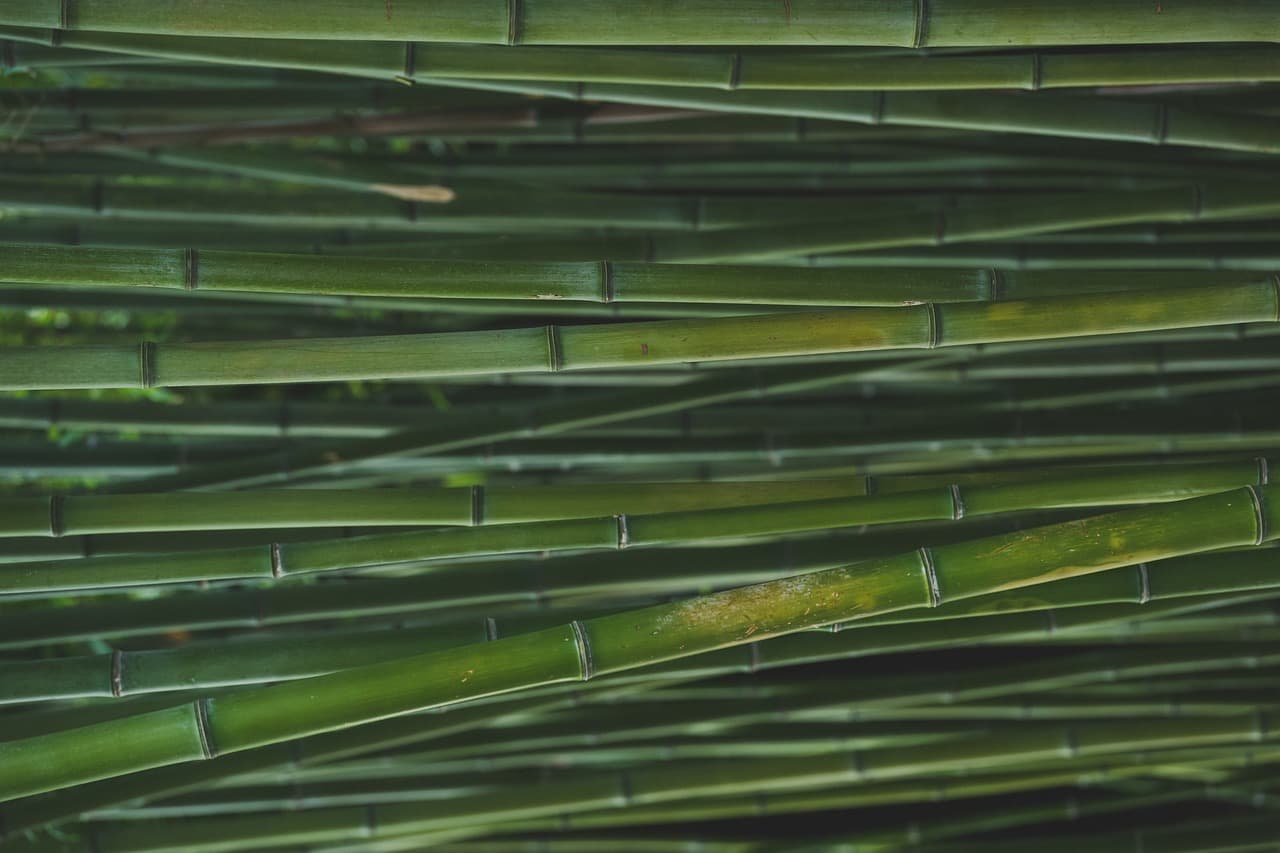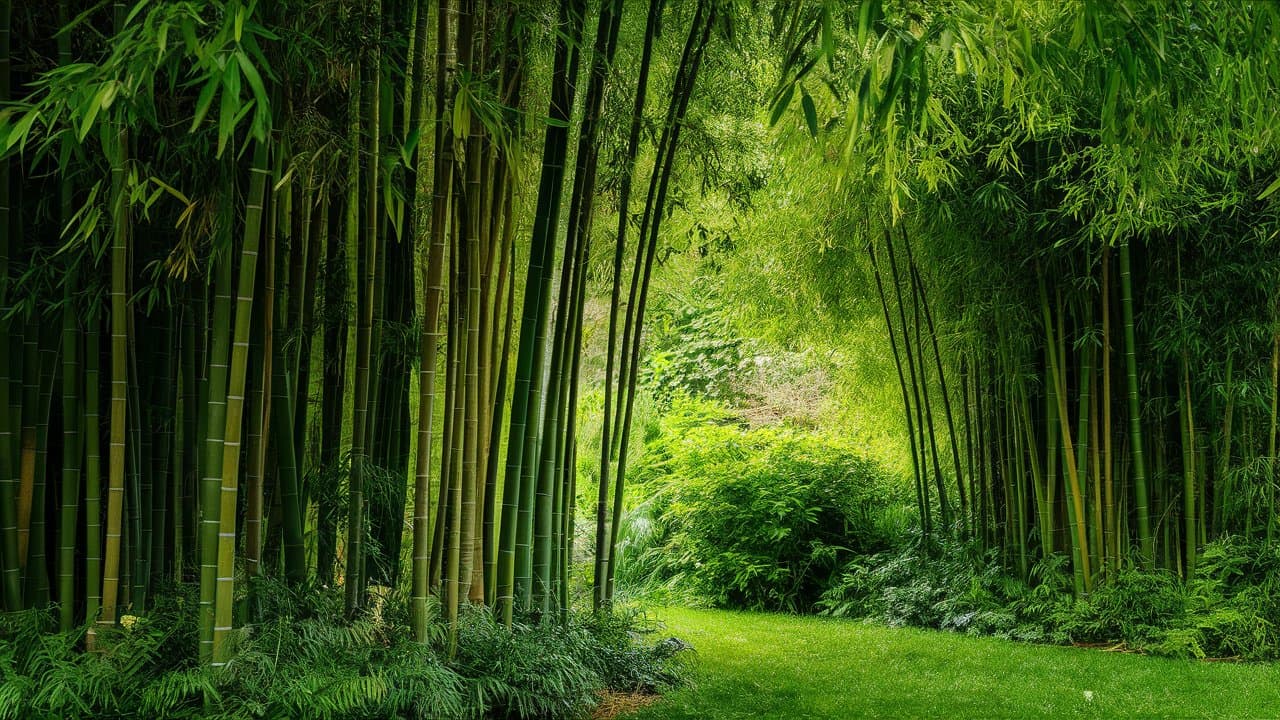Hemlock Water Dropwort (Oenanthe crocata) FAQs
Frequently asked questions about Hemlock Water Dropwort for a UK resident:
Commercial
Comprehensive invasive weed control
Residential
Find and tackle problem weeds
Knowledge Hub
Learn about conservation
Hemlock Water Dropwort (Oenanthe crocata) FAQs
Probably the most poisonous plant in the UK.

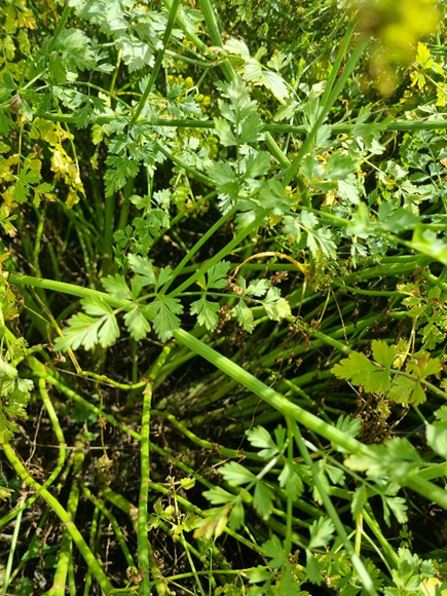

What are some common names for Hemlock Water Dropwort?
Common names include Hemlock Water Dropwort, Water Hemlock, Dead Man's Fingers, and Dead Tongue.
What is the scientific name for Hemlock Water Dropwort?
The scientific name is Oenanthe crocata.
Is Hemlock Water Dropwort Poisonous?
Yes. Hemlock Water Dropwort is probably the most poisonous plant in the UK and is toxic to both humans and livestock.
Is Hemlock Water Dropwort a non - native invasive plant?
No. Hemlock Water Dropwort is not listed as a non-native invasive plant, but once established can become very invasive.
When does Hemlock Water Dropwort bloom?
Hemlock Water Dropwort typically flowers from June to July.
How can you identify Hemlock Water Dropwort?
Hemlock Water Dropwort is part of the Umbellifer (Carrot) family and so typically has small white flowers growing in umbrella-shaped clusters. Identification cues include bright green, shiny, fern-like leaves, which can look a bit like parsley. Stems are bright green, hollow, grooved, hairless, and can look a bit like celery.
In the Winter Hemlock Water Dropwort is one of the few active plants and so can be a good time to identify it.
Where does Hemlock Water Dropwort grow?
It grows in damp areas like marshes, along lakes, rivers, streams, and ditches. Plants may occur several metres inland from the water's edge.
What plants could Hemlock Water Dropwort be confused with?
It may be confused with flat-leaved parsley, water parsnip, or water celery.
Is Hemlock Water Dropwort used for any medicinal purposes?
No, being probably the most poisonous plant in the UK, Hemlock Water Dropwort is not used medicinally
Why is Hemlock Water Dropwort considered the most poisonous plant in the UK?
All parts of the Hemlock Water Dropwort plant, including the stems, leaves, roots, and seeds contain extremely toxic compounds that can cause death within hours of ingestion. The toxins act by constricting muscles leading to asphyxiation.
How tall does Hemlock Water Dropwort grow and how long does it take to reach maturity?
Plants can grow 1 to 1.5 metres tall, reaching their full height in 2 to 5 years. At maturity, they can spread 1.5 to 2.5 metres wide.
How does Hemlock Water Dropwort reproduce and spread?
As a perennial, established plants grow back year after year. It also spreads by seeds which develop after flowering. Both mechanisms allow it to proliferate, especially in damp areas.
Featured Videos
Uncover the Secrets of Invasive Weeds
